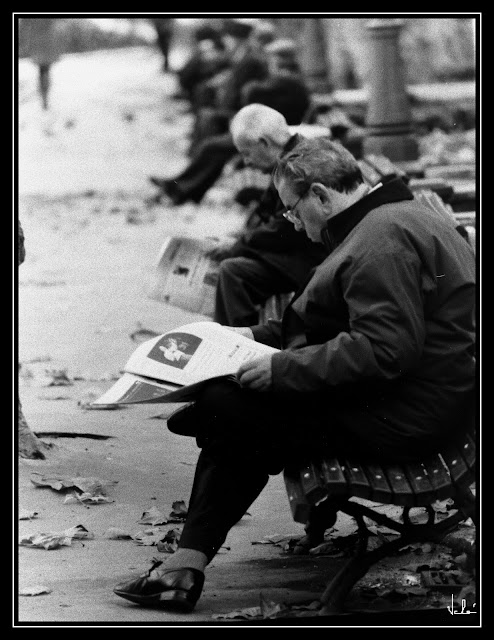I have lived in a number of cultures. I say “cultures” and not countries or societies, as in each of the latter one can find shades of cultural inheritances, indigenous or adopted. My professional and artistic worlds have been influenced by how people perceive disease, harmony and beauty. For me those three sets of perceptions are intricately related in every culture I have found myself.
… I was reading an elegant essay by Crispin Sartwell in the Stanford Encyclopedia of Philosophy which is also on the Web (1). It is titled “Beauty” where the author explores the concept and understanding of beauty through the ages, from Greek, Hellenistic, and medieval philosophers, to reviewing key writings from 18th and 19th century philosophers including Burke, Kant, Hegel, Schopenhauer and Santayana.
I found myself in familiar territory most of the time. While the appreciation of beauty is subjective, the representation of beauty is collective, hence incorporates attributes that are identified by many. For example, the concept of beauty was different than the one accepted in the Hellenistic period, and both are different from today’s definition of beauty. These differences are easily seen in visual artistic work (sculpture, painting, etc) but also in fashion.
What seems to be a common criterion across periods and cultures, however, is the concept of symmetry. Indeed, beauty seems to require a certain symmetry in form or thought to be recognized as such. Perhaps symmetry is also necessary for harmony (think Newtonian Laws or homeostasis) and eventually a pleasant quality of life and existence.
A good summary is provided by Sartwell on this topic borrowing from the writings of the Roman architect Vitruvius. It reads:
The ancient Roman architect Vitruvius gives as good a characterization of the classical conception as any, both in its complexities and, appropriately enough, in its underlying unity:
Architecture consists of Order, which in Greek is called taxis, and arrangement, which the Greeks name diathesis, and of Proportion and Symmetry and Decor and Distribution which in the Greeks is called oeconomia.
Order is the balanced adjustment of the details of the work separately, and as to the whole, the arrangement of the proportion with a view to a symmetrical result.
Proportion implies a graceful semblance: the suitable display of details in their context. This is attained when the details of the work are of a height suitable to their breadth, of a breadth suitable to their length; in a word, when everything has a symmetrical correspondence.
Symmetry also is the appropriate harmony arising out of the details of the work itself: the correspondence of each given detail to the form of the design as a whole. As in the human body, from cubit, foot, palm, inch and other small parts come the symmetric quality of eurhythmy.
I had never heard of Vitruvius, but realized that I somehow belong to the classical school when it comes to defining beauty! That self-discovery made my day.
… So I asked myself “have I unconsciously framed some of my photos to capture symmetry or even harmony?” It was a good weekend project to run through some boxes of printed photos and a few shoeboxes of film negatives…
Here is what I found:
Shakespeare Festival, Maryland. The 1960’s Nikkor-Q 180mm telephoto was wide open to capture movement on ASA 50 film. The two actors were engaged in a fight and the angle I captured emphasizes symmetry.
Madrid, Spain. Early morning in the street. The row of men on public benches reflects a certain order, and the body posture of the first gentleman reading the newspaper a certain serenity.
Bilbao, Spain. Again, there is order but also a conversation. The posture of the dog adds a dimension of curiosity as to what is going on.
Paris, France. An ordinary gathering of youth around a pond in a park. The moment I saw the young woman being lifted up, I clicked compromising focusing accuracy. There is action, reflection, and again order in this photo.
Manassas, Virginia, USA. I am not sure what the drill was, but it was an introduction to the history of Civil War. The man’s uniform and the boys’ readiness to follow order has order but also the shadow of war and dis-order.
London, England. The mom was paying for a parking ticket, while showing her multi-tasking skills. I think the baby brings in the concept of beauty, along with the symmetry between the ticket machine and mom’s posture. Harmony perhaps?
… It was a fun introspective exercise to identify unconscious photographic compositions I have made over the years. I am sure there is more in the shoeboxes I caringly keep. But I had enough evidence to suggest that, without having knowledge of Vitruvius, my understanding of beauty follows the classic definition of order, symmetry, proportion and harmony.
September 25, 2016
© Vahé A. Kazandjian, 2016
(1) Sartwell, Crispin, "Beauty", The Stanford Encyclopedia of Philosophy (Spring 2014 Edition), Edward N. Zalta (ed.), URL = <http://plato.stanford.edu/archives/spr2014/entries/beauty/>.
The Web site is:
http://plato.stanford.edu/entries/beauty/














